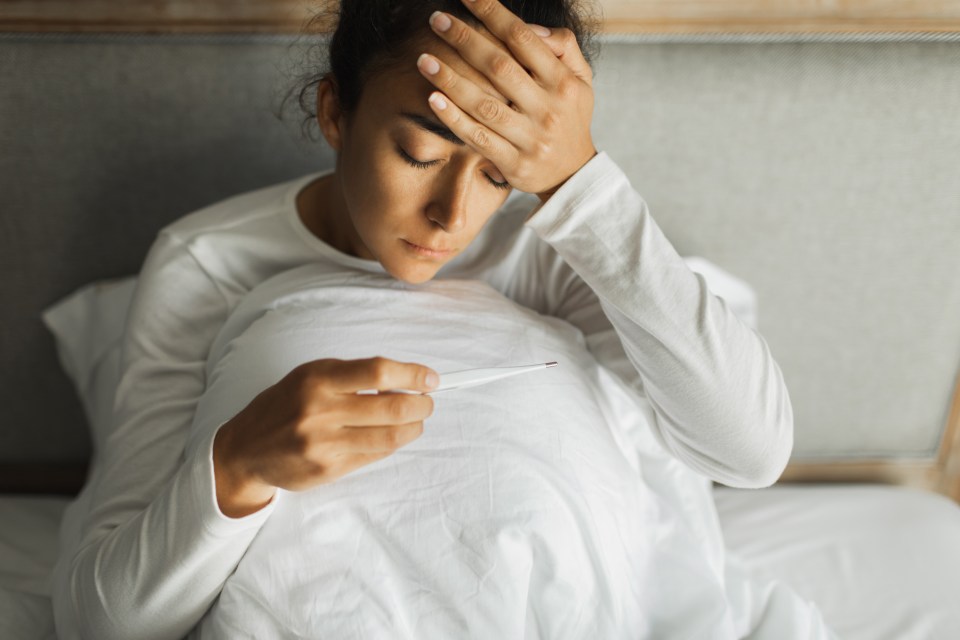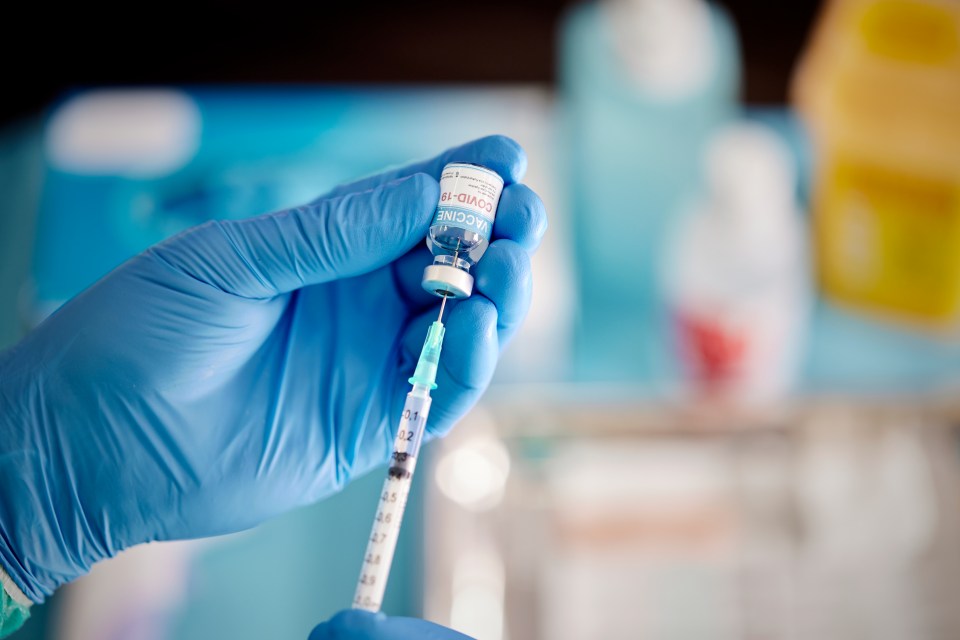COVID cases have more than doubled since January this year – and could continue to rise, a GP has warned.
It may no longer be a global health emergency, but Covid hasn’t disappeared to the background.
The number of people testing positive for the virus rose from 4.2 per cent to 4.5 per cent in the week leading up to Sunday 6 April, with the number of hospital patients in England testing positive for Covid increasing by 7 per cent, according to new figures published by the Health Security Agency (UKHSA).
This compares to a “positivity rate” of just 2.2 per cent in early January, when Covid hit its lowest level for at least two years.
Colds, flus and other respiratory illnesses like Covid are often more common in colder months.
But Dr Suzanne Wylie, GP and medical adviser for IQdoctor explained what could be driving the new Covid wave – and if we should be worried.
Dr Wylie said: “The current rise in Covid cases appears to be driven by a combination of factors.
“New variants with increased transmissibility are likely playing a role, alongside waning immunity in the population, particularly among those who haven’t had a recent booster or infection.
“Additionally, seasonal changes and increased indoor social mixing can contribute to the spread, much like we see with other respiratory viruses.”
For the most part, symptoms of Covid infections at the moment are broadly similar to what we’ve seen in previous waves, said Dr Wylie.
However, some people are reporting milder cold-like symptoms, especially if they’ve had previous vaccinations or infections.
Dr Wylie advised: “Common symptoms include a sore throat, cough, congestion, fatigue, and sometimes a fever or loss of taste or smell, though the latter is less frequent now.”
While there are generally high levels of population immunity and effective treatments available for those most at risk, … warned case numbers could continue to rise.
Dr Wylie said: “It’s certainly possible. Case numbers often rise before peaking, and it can depend on a variety of factors — including how people behave, the effectiveness of current vaccines against circulating strains, and public health guidance.
“While it’s unlikely that this current wave will lead to another pandemic-level crisis like in 2020, the possibility of new variants emerging always exists.
“Scientists around the world continue to monitor changes in the virus closely.
“Vigilance is key, but widespread vaccination and experience in managing outbreaks make another large-scale pandemic from Covid much less likely at this point.”
While the current level of Covid cases is barely a quarter of what it was at the height of last summer‘s wave, Professor Steve Griffin, of Leeds University, agreed cases look set to continue to rise in the coming weeks and may lead to a new wave.
“Growth seems highest in older age groups, indicating that uptake of the spring vaccination will be an important factor in how this plays out,” he told The i Paper.
Positivity rates are believed to be much higher in hospitals than in the general population because only people with symptoms are being tested.
But the positivity rate figures are a good indicator of trends for the virus more generally across the UK.
What to do if you get Covid
Dr Suzanne Wylie advised the best things to do if you test positive for Covid – as well as how to best protect yourself:
“If you test positive or have symptoms consistent with Covid, the advice remains to stay at home if you can, rest, stay hydrated, and avoid contact with others — particularly those who are vulnerable.
“You don’t need to inform your GP unless you’re in a high-risk group or your symptoms worsen.
“Lateral flow tests can still be useful, and some people may qualify for antiviral treatment, so do check the latest NHS guidance if you’re unsure.
“To prevent getting Covid, good hygiene practices go a long way – regular hand washing, covering your mouth when coughing or sneezing, and avoiding close contact with others if you’re feeling unwell.
“If you’re eligible for a Covid booster, it’s a good idea to take it. Ventilating indoor spaces and wearing masks in crowded settings can also help reduce the risk.
“It’s all about layering protection, especially during periods when cases are on the rise.”









